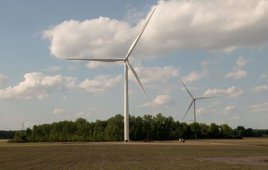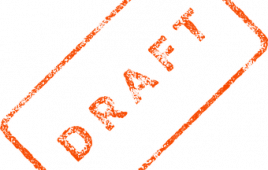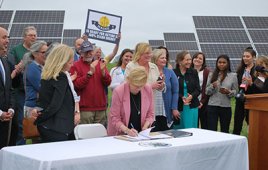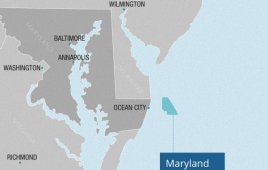The New York State Energy Research and Development Authority (NYSERDA) announced $3.5 million in funding available for the private sector with solutions to make it easier, less costly, and less time-consuming to connect renewable resources — such as wind and solar power — to the electric grid.
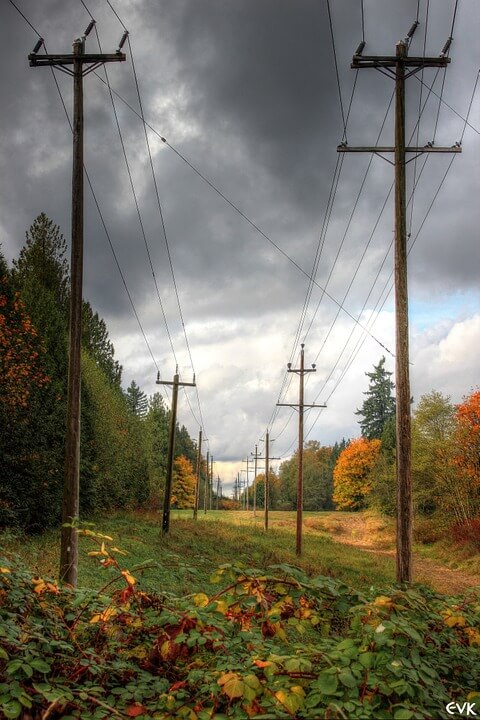
NYSERDA’s grid modernization plan is focused on the development of an advanced, digitally managed electric grid that can efficiently incorporate renewables such as wind and solar power.
This funding is part of a $140 million total investment to be allocated over the next 10 years for innovation and research projects that will modernize New York’s electric grid, while making it smarter and more efficient.
NYSERDA’s grid modernization activities focus on the development of an advanced, digitally managed electric grid. Building a grid that employs advanced 21st century technologies in service of modern electric system needs is a critical component in Governor Andrew M. Cuomo’s Reforming the Energy Vision (REV) strategy to build a clean, resilient, and affordable energy system for all New Yorkers.
“A critical part of modernizing our grid is to make it easier for renewable energy systems to integrate into it, especially as Governor Cuomo’s REV strategy encourages more of them to come online,” said John B. Rhodes, President and CEO, NYSERDA. “This initiative will provide us with much needed solutions to connect more clean renewable energy sources to the electric grid.”
NYSERDA is seeking proposals from clean tech companies, distributed energy resource providers and others that have solutions to help New York overcome identified and as-yet-unidentified engineering and other technical challenges as it continues to connect distributed energy resources, such as combined heat and power, solar and community-based microgrids, to the electric grid.
The request for proposals follows the creation of an Interconnection Technical Working Group and identification of interconnection ombudspeople at State energy agencies and utilities to assist with engineering challenges and others issues related to connecting distributed energy resources to the grid.
Together, these actions will help New York to successfully modernize its grid and meet its aggressive Clean Energy Standard to generate 50% of its electricity from renewables by 2030, most importantly by making it easier from a technical standpoint to integrate these energy sources into the electricity delivery system.
“As more consumers look to distributed energy resources to meet their energy needs, it will be critical to ensure that we maintain the safety and reliability of the grid as help customers take advantage of new, money-saving products and services,” said Audrey Zibelman, CEO of the New York State Department of Public Service. “NYSERDA’s initiative will help us appropriately address the technical challenges inherent with grid modernization and other benefits we expect under REV.”
The NYSERDA request for proposals for distributed energy resources integration is based, in part, on information from the working group, which has already identified some engineering challenges facing projects under development. As the distributed energy resources market has grown in New York, projects have become larger and send more energy back into the electric grid, a situation the grid was not designed to accommodate.
Projects often face expensive and time-consuming infrastructure upgrades to overcome these challenges. This request for proposals aims to reduce those costs and timelines to enable greater integration of new clean energy sources into New York’s electric grid.
The Interconnection Technical Working Group, co-chaired by NYSERDA and the Department of Public Service (DPS), includes representatives from New York’s utilities and renewable energy companies.
The utility, NYSERDA and DPS ombudspeople are working together to address challenges on specific projects as developers and utilities move toward integrating the grid. The ombudspeople at the utilities recently developed interactive maps that show where possible constraints could be for developers who want to interconnect to the grid.
In addition, to increase transparency and establish common expectations for administrative processes, the DPS has published interconnection inventory data and overall interconnection summary information on its website at interconnection queue summary.
More information about the funding is available at DER Integration. Funding is available through the State’s 10-year, $5.3 billion Clean Energy Fund to support clean energy market development and innovation, and a major component of REV.
Filed Under: Uncategorized

